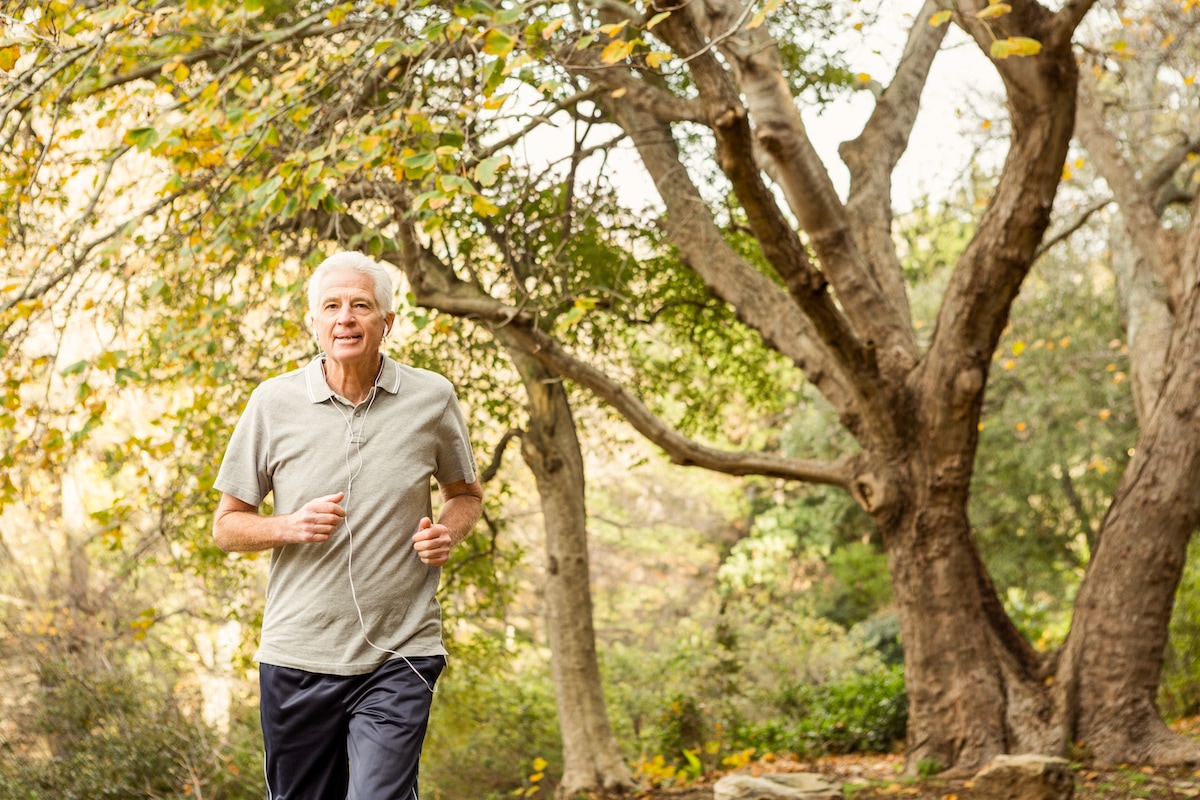A Foolproof Formula for Exercising Stiffness Away
It may sound ironic, but it’s a fact that exercise can be the cure or the cause of stiffness. You might have noticed this for yourself if you tried working out in January to support your New Year’s Resolution of getting in shape. Maybe you woke up the morning after your first workout in years, barely able to move because of the intense session at the gym the day before.
On the other hand, maybe you find your sore hip or creaky knees feel rejuvenated after a few yoga classes or lunchtime walks. It happens.
It’s not as mysterious as it seems. Just changing the way you work out can help relieve the stiffness you already feel, prevent you from developing future aches and pains, and get you back on track to meet the goal of getting in better shape this year. Of all the resolutions set, 23% of us pick Living healthier, and 20% of us swore we would lose weight this year, and most of us have already given up by this second week in February. And this is not because we do not love ourselves; it’s because it is hard, and our bodies fight us every step of the way.
Here are a few tips so you can start again, stay fit, and enjoy more comfort before, during, or after your workouts.
Avoiding Stiffness Caused by Exercise:
1. Understand the cause. That achiness that starts several hours after a challenging (for your body) workout is called delayed onset muscle soreness (DOMS). You may have heard that it’s caused by lactic acid building up, but experts now believe it has more to do with inflammation. In this case, inflammation can be beneficial because the muscle grows bigger and stronger as it repairs itself.
2. Pace yourself. You can exercise effectively without giving up comfort if you work your way up gradually. That means increasing the intensity or length of your workouts by about 10% or less per week, not day. Remember, it takes time to build back muscle, stamina, and love to be fit. Did you know healthy people feel bad when they don’t work out every day? It’s the opposite of what you think now, but it will change if you give it time, don’t overdo it, and stick to a plan.
3. Limit eccentric contractions. Another essential factor in DOMS is eccentric contractions, where the muscle lengthens under pressure. Take extra care with movements like running downhill or lowering weights. If you are so sore, you will go back to couch surfing. Set a plan with small increases over time – Get moving, Get Fit!
4. Wait it out. If you’ve already discovered that you were a little too enthusiastic at the gym, consider that DOMS is usually harmless. You’ll probably start feeling better in about 3 days. If you break up the muscle groups into different days, you will give them recovery time. If you work your arms on Monday and your legs on Tuesday on Monday, your arms get a rest day while you work your legs. If all else fails, and you are too sore to complete a workout – take a walk outside if possible, add music or a good audible, go swimming, find a stretching yoga video on youtube. Do something to move your body; we promise it will help.
5. Find temporary relief. While there is no cure for DOMS, there are many ways to reduce the symptoms. Experiment with sports massage, foam rollers, and other methods to see what works for you.
Using Exercise to Relieve Stiffness:
1. Build strength. Think again if you’re hesitant about working out because you believe it will aggravate arthritis and other conditions. Strong muscles support your bones and take the stress off your joints. Lift weights or do bodyweight exercises like pushups, lunges, and dips. Every little bit helps. Five pushups today were better than none yesterday. And next week maybe you could do 8?
2. Extend your range of motion. Movements like shoulder rolls and leg lifts will help keep your joints flexible and reduce your risk of falling. Add them to your daily routine and watch the balance and muscle definition changes.
3. Choose low-impact activities. To stay safe, focus on movements where you can keep one foot on the ground. Swimming is another way to protect your joints while you burn calories.
4. Lose weight. If you’re carrying around some extra pounds, that excess weight could be contributing to your discomfort. Take a load off your joints by slimming down with a balanced diet and regular exercise.
5. Move more. There are plenty of opportunities to burn more calories regardless of whether you have a gym membership. Go for long walks or do yard work manually. If you work at an office building with stairs, take them and not the elevator. Walking up and down the stairs 3 to 4 times a day would make a massive difference without taking up a vast amount of time and no equipment needed. No stairs; how about 5 lunges or squats every 90 minutes? It all adds up. Small steps taken daily are more manageable in the long run.
6. Try physical therapy. If you’re looking for a natural alternative to surgery and prescription drugs, a physical therapist may be able to suggest exercises that will loosen up your joints and muscles. They can also show you how to perform your daily activities more safely.
7. Talk with your doctor. While a bit of muscle soreness after an intense workout is rarely a cause for concern, there are times to see your doctor. That includes any time you notice swelling or sharp pain during or after working out and addressing questions about how exercise could affect any specific conditions you might have.
Dealing with stiffness will help you stay active and lead a longer and fuller life. Exercise regularly, and increase the intensity of your workouts to reduce soreness and stiffness. Drink plenty of water. See if a friend wants to join you in achieving your goals. Having an accountability partner or being an accountability partner increases your chances for success.
As far as we all know, you only get this one body; let’s use it wisely.



